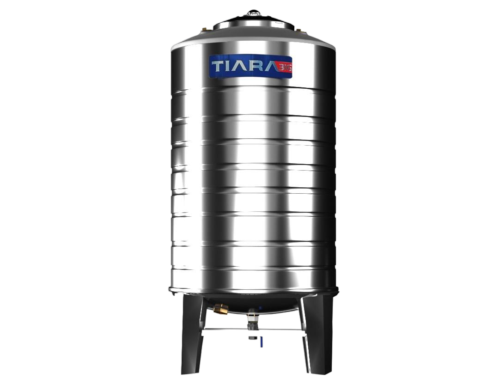
Water storage tanks are vital components of many households and businesses, ensuring a reliable supply of water for various needs. Just like any piece of equipment, water storage tanks need regular upkeep to operate effectively over time. Taking good care of your tank not only reduces the need for costly replacements but also ensures the water’s quality remains high. Here are some effective strategies to prolong the life of your water storage tank.
1. Choose the Right Material
When selecting a water storage tank, consider the material that best suits your needs.
Plastic Tanks: Lightweight and resistant to corrosion, but may be susceptible to UV damage if not properly shielded.
Fiberglass Tanks: Durable and resistant to various chemicals, but can be more expensive.
Stainless Steel Tanks: Highly durable and resistant to corrosion but may require more maintenance.
Selecting a tank made of high-quality materials appropriate for your specific environment can significantly influence its lifespan.
2. Regular Inspections
Regular inspections of your water storage tank are crucial for identifying potential issues before they become significant problems. Examine the tank for any signs of damage, such as wear, leaks, or corrosion. Additionally, inspect the outside of the tank, along with the fittings, valves, and related plumbing. If you observe any discrepancies, take action swiftly to avoid further issues.
3. Clean the Tank
Over time, sediment and debris can accumulate in your water storage tank, affecting water quality and potentially leading to corrosion. Regular cleaning is essential to maintaining a healthy water supply. Depending on usage, clean your tank at least once a year. Here’s how:
Drain the Tank: Start by emptying the tank completely.
Scrub the Interior: Use a non-toxic cleaner and a soft brush to scrub the interior surfaces.
Rinse Thoroughly: After cleaning, rinse the tank with clean water to remove any residue.
Sanitize: If necessary, you can use a diluted bleach solution to sanitize the tank, ensuring to rinse thoroughly afterward.
4. Maintain Proper Water Levels
Keeping appropriate water levels in your tank can prevent stress on the structure and reduce the risk of damage. Avoid letting the tank run dry, as this can lead to air exposure and corrosion. Conversely, ensure that the tank is not constantly overfilled, which can create pressure on the seams and fittings.

5. Protect from Sunlight
If your tank is above ground, exposure to direct sunlight can cause damage over time. UV rays can degrade plastic tanks, leading to cracks and leaks. To protect your tank:
Shade It: Use tarps, shades, or plant trees to provide shade.
Insulate: Consider insulating the tank with reflective materials to reduce heat absorption.
6. Insulate for Temperature Extremes
Extreme temperatures can adversely affect your water storage tank, particularly in regions with harsh winters or scorching summers. Insulation helps to regulate temperature, preventing freezing in cold months and overheating in summer. Insulating the tank can also enhance energy efficiency if you use heated water.
7. Use Water Treatment Solutions
If your water supply has a high mineral content or other impurities, consider using water treatment solutions. Water softeners and filtration systems can reduce sediment buildup and corrosion in your tank. Regularly testing your water quality can help you determine the best treatment options.
Conclusion
By following these strategies, you can significantly extend the lifespan of your water storage tank, ensuring a reliable and safe water supply for your home or business. Regular maintenance, proper cleaning, and preventive measures can go a long way in preserving the integrity of your tank. Investing time and effort into its upkeep will ultimately save you money and contribute to better water quality, providing peace of mind for years to come.


